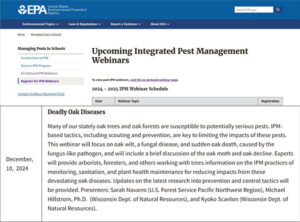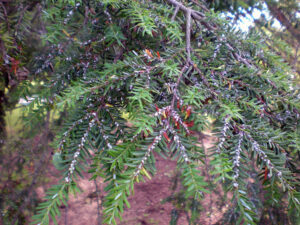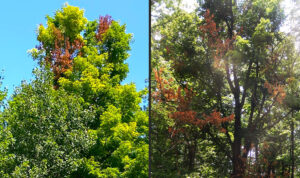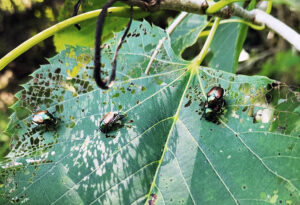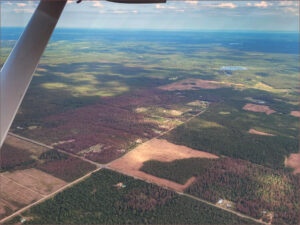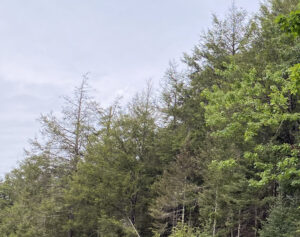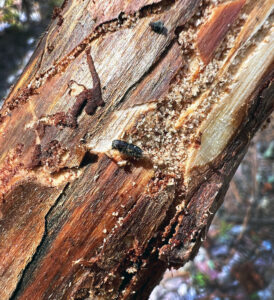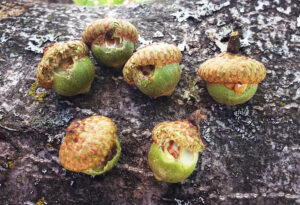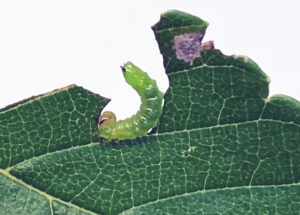By Abby Krause, DNR Urban Forestry Coordinator;
Abigail.Krause@wisconsin.gov or 608-556-5690
This summer’s detection of emerald ash borer (EAB) in Burnett County means our little metallic friend (or should I say foe?) is now known to be present in all 72 Wisconsin counties.
While EAB has been around for the better part of two decades in Wisconsin, many homeowners are still in the thick of dealing with the fallout of this invasive pest.
Continue reading “Treatment Of EAB Infestations In Yard Trees”

